I love being able to measure and analyze my training and racing numbers.
Power, paces, calories, sodium, sweat loss, heart rate, times, CTL, ATL – all that stuff.
So when I first heard there was a device that measures a few brand new metrics, I was interested. But then when I saw it, I thought, “That’s just another heart rate monitor,” but then I looked closer and realized it was much more than that.

This is the Atalanta, a biometric device that shows you all kinds of new metrics to improve your performance.
It gives you readings on oxygen saturation of the blood, breathing depth and rhythm, body core temperature, caloric consumption, and heart rate variability.
Oh yeah, it shows you heart rate, too.
Let’s get into why these things matter to the triathlete:
Oxygen saturation of the blood
Oxygen saturation is a metric to determine hydration. The better hydrated we are the more efficient our blood is at transporting oxygen to our muscle fibers and excreting CO2 and lactic acid.
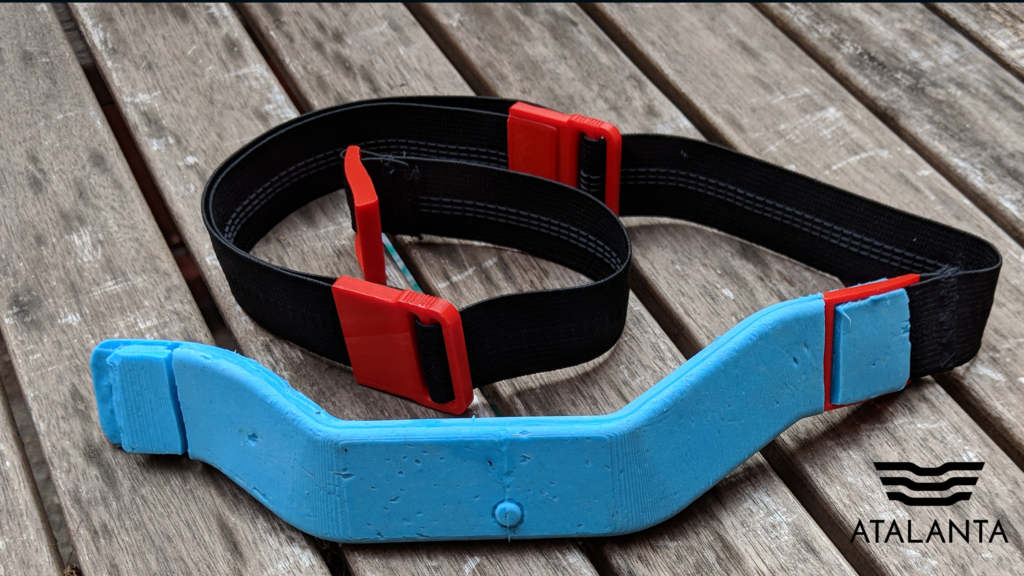
When we become dehydrated, lactic acid accumulates and crystalizes leading to oxygen starvation of the muscles and cramping (salts also play a crucial role here – hence electrolytes that are hydrophilic).
So, when your oxygen saturation levels drop so does your performance. Just 1% or 2% is enough to determine proper hydration.
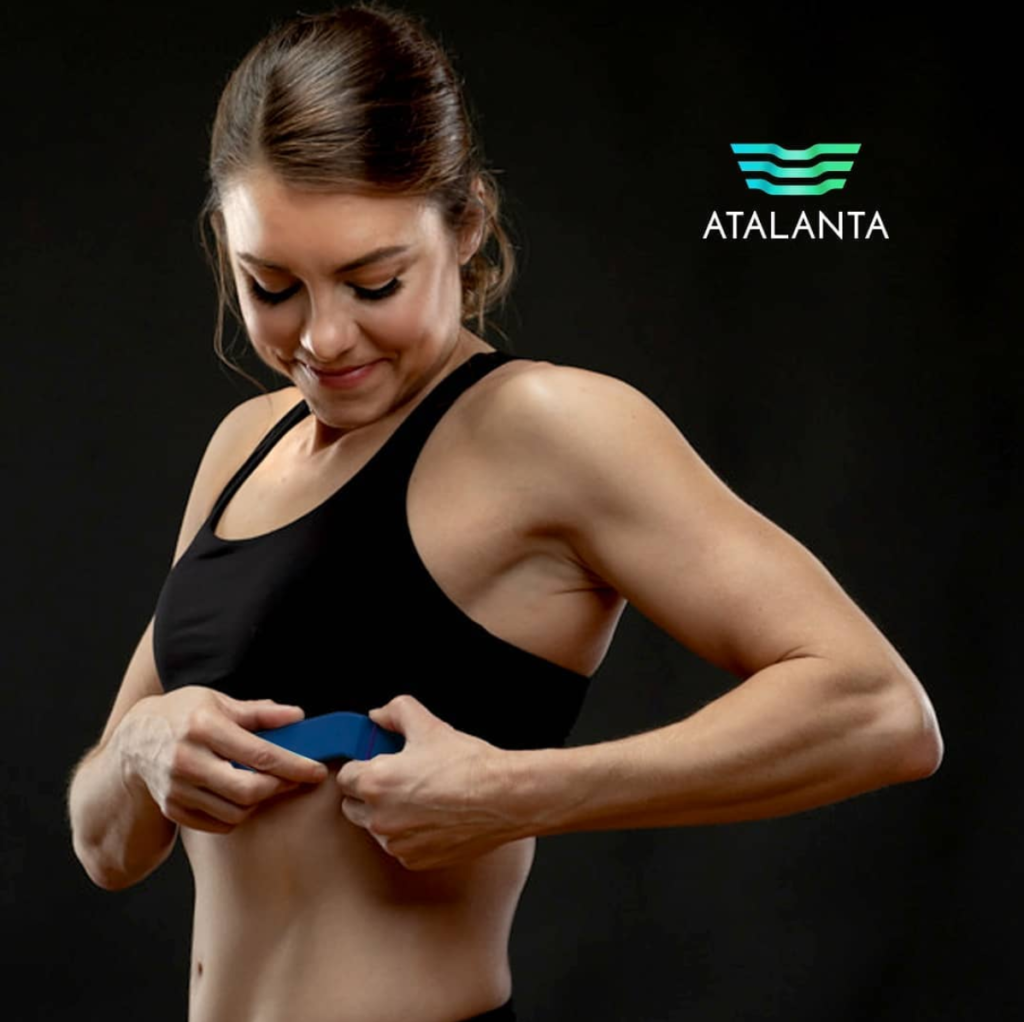
Hopefully this will be a way of really knowing how close you are to dehydration. I’m always treading that thin line of trying to drink enough, but not too much that I have to keep stopping for water (especially while on the bike), or upsetting my sodium (and other electrolyte) balance, leading to hyponatremia.
I would be very excited if I could dial in my precise hydration figures and monitor them real-time.
Breathing depth
Breathing during competition is extremely important and helps you manage stress and establish your racing rhythm.
Atalanta lets you establish your personal expansion and contraction thresholds. And since no two human beings are equal, this tells you if you are being forceful and superficial with your breath or deep, calmed and mindful.
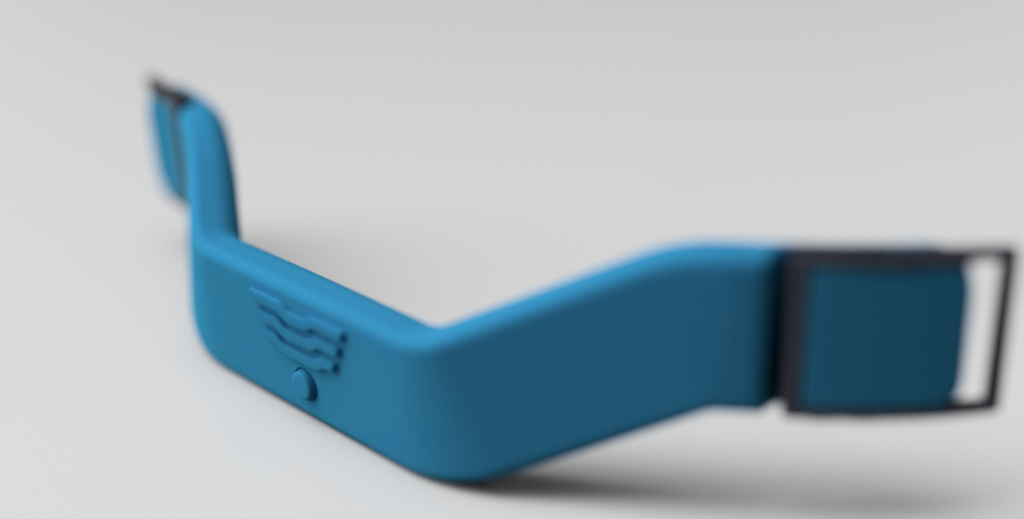
Breathing rhythm
This helps us understand how consistent our breathing is. How many times, while carrying out a big effort, are we holding our breath in?
When our rhythm is off, we concentrate CO2 and starve our muscles from much needed oxygen. So, establishing a breathing routine and being mindful about it during training is extremely important for adequate oxygenation.
Paradoxically, when we lose breathing rhythm we also lose pace as our brain is thrown into disarray. With that loss of rhythm, we feel a slight sense of chaos that triggers the amygdala.
This creates that feeling of “I feel like dying” that 99.99% of the time will not materialise. But, that has the ability to break our concentration and make us spend resources managing an otherwise normal situation.
Both the breathing depth and rhythm are measured by sensing the diaphragmatic expansion and contraction.
Body core temperature
Keeping an eye on our internal temperature during training or competition is becoming a must. We know that from a 36 °C environmental temperature with 72% humidity, the body starts to struggle to self regulate and cool down by itself.
The same goes for long distance open water swimming where from 21 °C and below the body can start to shut down 30 to 40 minutes into the swim.
We also know that overheated athletes, well, overheat, and underperform.
This is especially pertinent to those in the tropics of course, or those in cold climates that come and race in the heat.
I would love to see this reading on some of the super hot races we have over here in SE Asia like Danang and Bintan. Or others like Busselton where it went from something like 16 degrees to 36 degrees in one day.

In hack #9, wear a hat, not a visor, I talk about how putting ice cubes under your hat to cool your body off. As they melt, they drip down your back and your head.
It would be very interesting to test this out, along with other cooling techniques like drinking slushy water, and see how core body temperature changes.
Also it has heatstroke and hypothermia vibration alerts.
Caloric consumption
The Atlanta will measure your caloric consumption as you train so you know when to refuel as you race. It can trigger an alert at a certain caloric limit as a reminder.
Other devices try to measure caloric expenditure, too, but they are only estimates based on heartrate, and only give about a 60% accuracy.
Most of us who own a Garmin have probably had a laugh at some of the ridiculous caloric readings they sometimes show.
The Atalanta, however, uses not only heartrate, but also body temperature, volumetric displacement of plasma, and oxygen saturation of the blood to calculate calorie burn.
This data is passed through a biomedical formula used in high performance sports medicine labs and streamlined to deliver a real-time reading.
That took three years to get right.
This feature was born out of the need to have a more accurate measure especially for swimming, as it is reputed for keeping swimmers starved, and there was no accurate way of measuring this.
Of course it’s totally waterproof and the readings will work even while swimming.
But this will work for any training, not just swimming. In addition to knowing how many calories you burned during a session, it’s also a great way to plan for training, prerace and racing nutrition.
In the IronmanHacks nutrition calculator, we ask you to enter your planned caloric expenditure per hour so we can help you choose the right nutrition to take on your bike or run. But they’re all really just estimates.
So now, if we have real data showing what we actually consume, we can refine our future fueling plans much more precisely. No more guessing.
Heart rate variability
HRV is a direct statistical historic derivative from the collection of heart rate over time, hence it will become more precise with more use. HRV will help plan for recovery and intensity of training sessions.
Heart rate
If you’re even reading this you’ll know all about heart rate.
But where the Atalanta is different is that it has improved sensing ability. Current heart rate monitors have a precision of 60% on average (wrist) up to 80% (chest). This is according to a 2017 study by JAMA, which can be seen here.
Use of Atalanta
You can use the Atalanta is just like any HRM or power meter: Have it display the metrics on my wrist or bike computer while you train and race.
To start, it’ll be available on popular Garmins like the Fenix, Forerunner, D2, and MARQ. I’m hoping they’ll integrate it with Wahoo, too.
It can also stream real-time data to a phone or tablet (as seen in the video below). This is great for use on the trainer or treadmill, or for those that run or cycle with their phones. This approach is good for about 8 hours of continuous use.

A third recording method is as a standalone unit. The biggest use case I see here is for when you go for a swim and synch the data later.
Software updates like an AI coach that will give you suggestions are in the works, which is exciting, and I believe the future of training.
Made by Bodym3canix, out of Montreal, the Atalanta’s price is USD$379. It’s not quite out yet, but will be soon.
I’m looking forward to getting one and seeing how these new sets of data can help me optimize my racing.
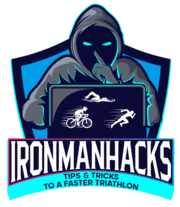
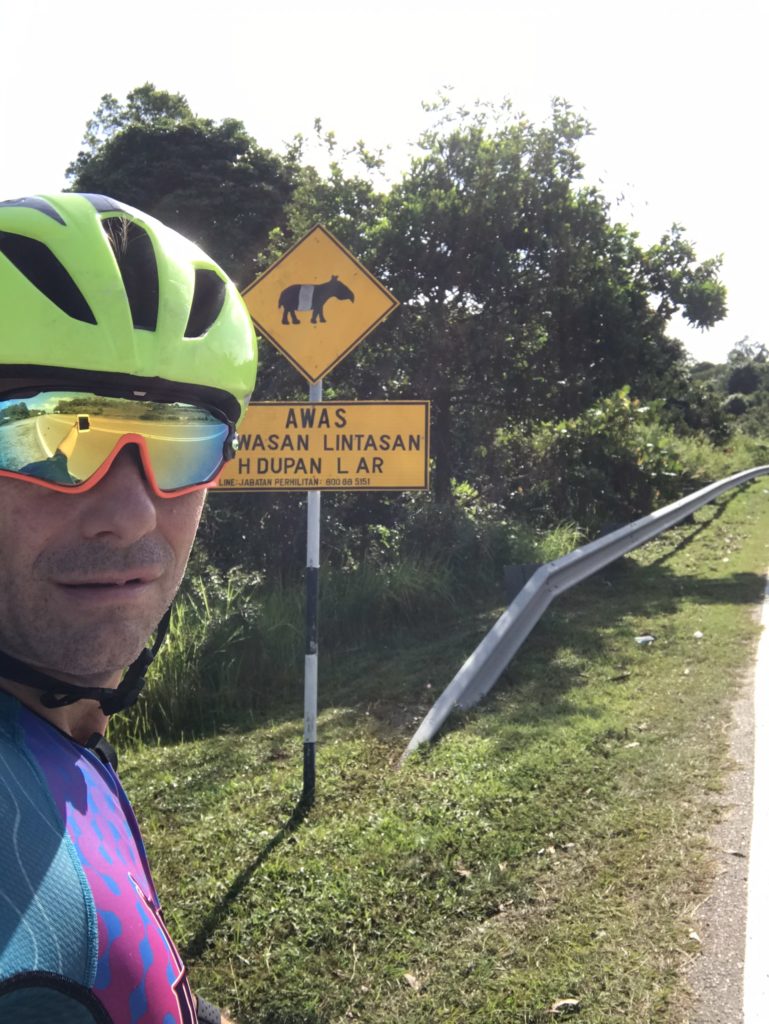







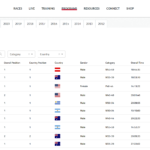
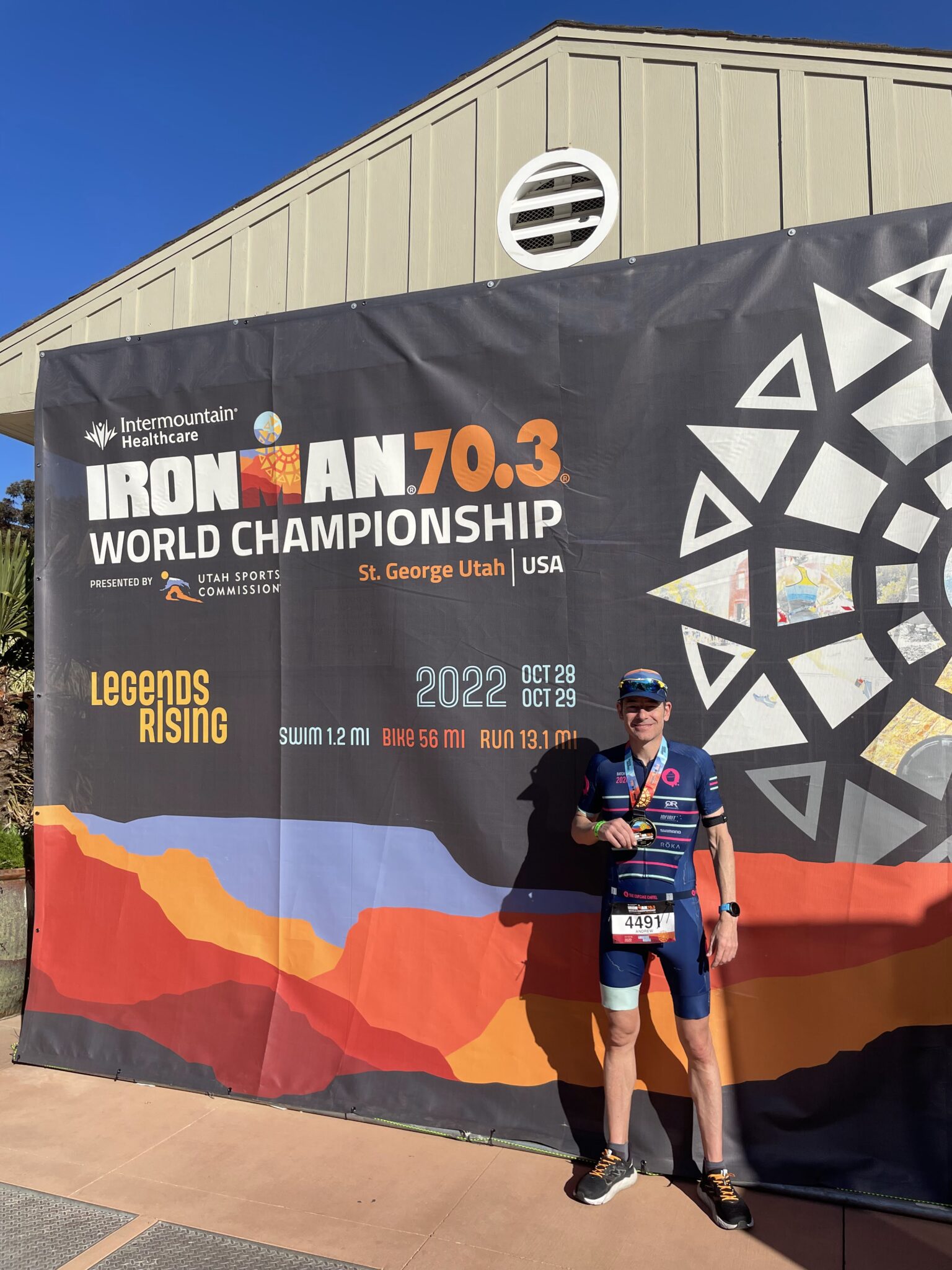


Leave a Reply to Todd Gilmore Cancel reply
You must be logged in to post a comment.